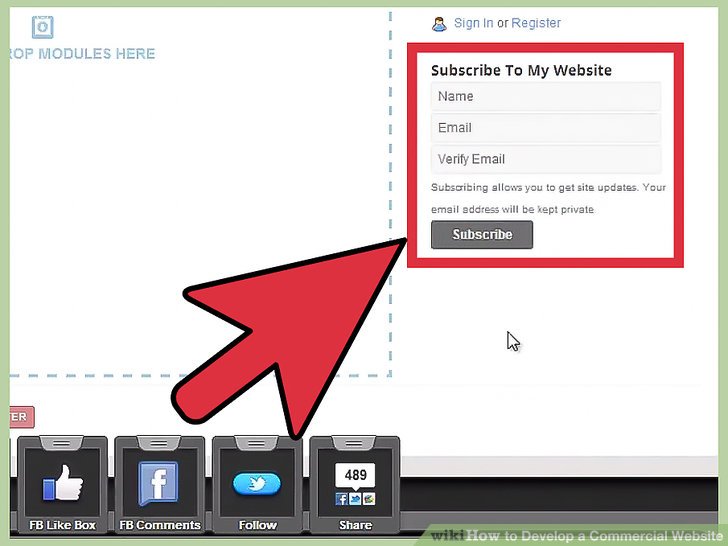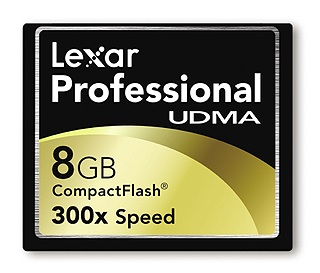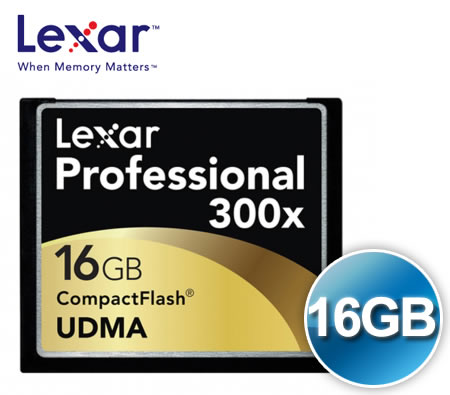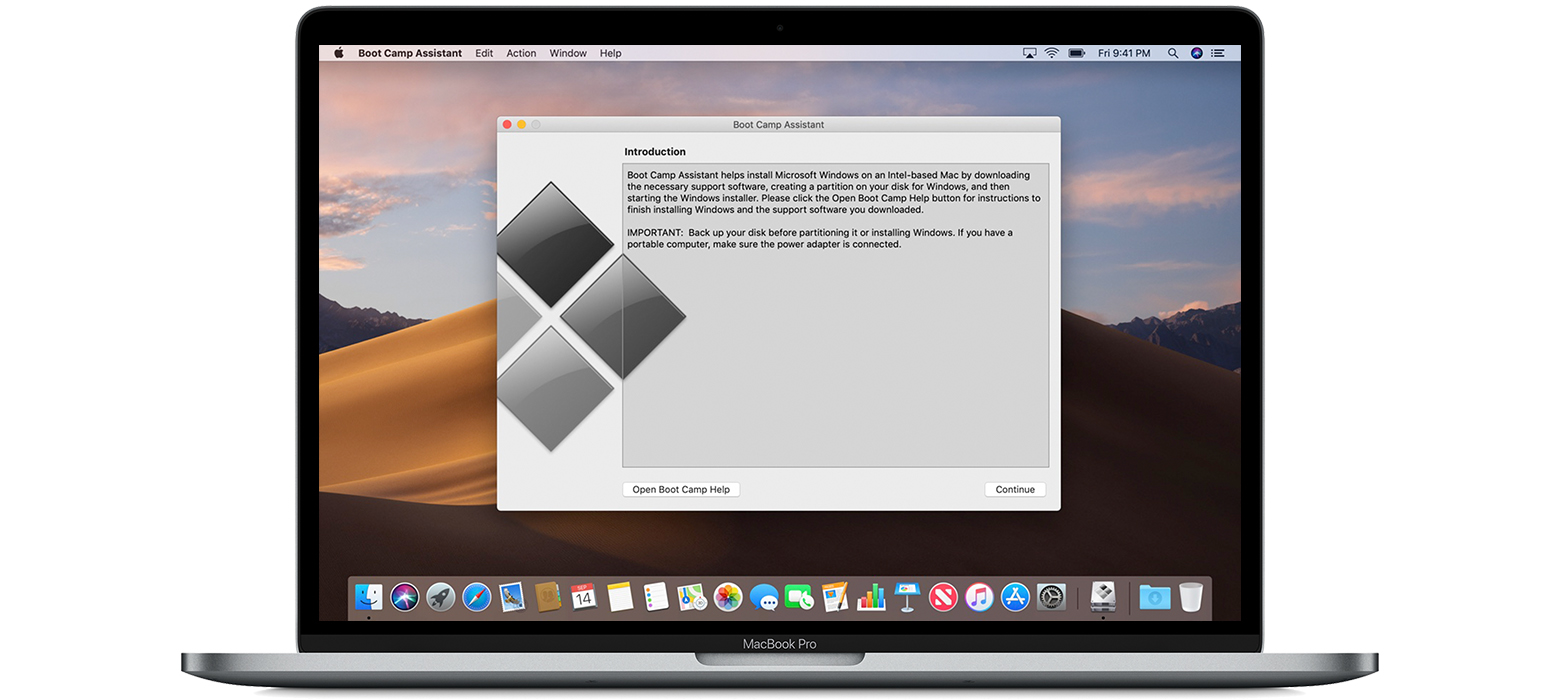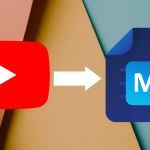The first thing I found when I plugged in the drive was that one of the Firewire 800 connectors on the back of the drive did not work.
The drive comes with 3 cables; Firewire 800 to 800 , Firewire 400 to 800 & USB 2.0. These fit the two Firewire 800 & single USB 2.0 connectors on the back of the drive. The drive also come with a power adapter which is needed when using the USB connection.
Once connected to the computer the drive heated up pretty quickly. Under a constant work load of transferring 9 gigs of data the heat sink got blazing hot. I took apart the drive to see if there was away to get things cooler. Once opened the real surprise came when I found that the heat sink is neither connected to the hard drive nor does it come in contact with any of the IC chips on the circuit board. In fact it seems that the sole purpose of the Heat sink is to act as a tray to hold the circuit board which slides into the heat sink via two narrow groves. the hard drive is then connected to the circuit board and faces out and away from the heat sink. So the hard drive is enclosed in a somewhat air tight container with no direct way to transfer the heat that is being generated by the hard drive. Though there are four mounting holes on the heat sink that could have easily allowed for connectivity to the hard drive no screws were attached. I found some spare mounting screws and attached the heat sink to the hard drive simply in hopes of extending the drives life span. While the drive was still running hot under a heavy load I have to believe that once the drive was actually attached to the heat sink at least some heat was being drawn away and the drive running just a bit cooler.
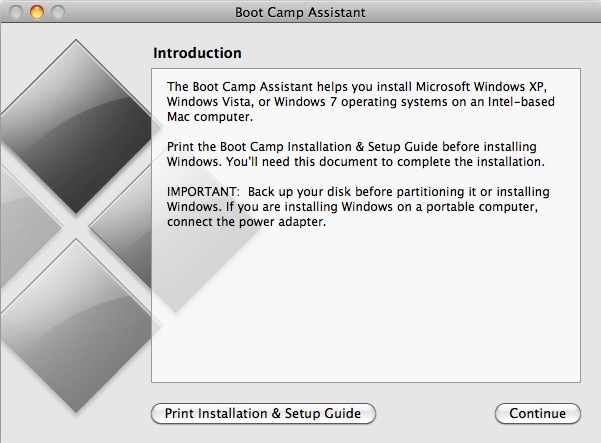
The heat sink displayed here is not connected to the hard drive. Which seems foolish considering the amount of heat being generated in this almost air tight container.
The sole propose for checking out this drive was for use as a way to transfer data between computers during our workshops. This drive would also be great as a small data storage device that is only connected for very short periods of time, or as a small back up drive that is used briefly and then gets stored away, or even as a drive to hand off to clients with the days images. This is not a drive that should be connected and running 24/7.
Pros: “Its’ pretty” like all things Mac, Small light weight, very fast, quiet. Seagate link.
cons: gets real hot real fast, poorly designed and lay out make the heat sink virtually useless since it is not directly connected to any part of the drive or circuit board. Not all connections worked on our test model. Pricey. the model tested listed on their web site for 259.99 plus tax and shipping. The Seagate drive alone can be found on the internet for as little as $148.00
Now for those of you that are not faint of heart, here is one method that will help to disperse some of that excess heat. — PLEASE NOTE THAT THIS PROCESS WILL VOID YOUR WARRANTY AND MAY CAUSE DAMAGE TO THE CIRCUIT BOARD. ——-
Ok, first we remove the two small screws on either side of the case, that are holding the back face plate covering the 1394b connectors.
Next remove the 4 screws holding the heat sink in place.
At this point the drive assembly should drop into the case and with a slight shake (over a soft surface) you should be able to remove the hold hard drive, circuit board and heart sink.
slide the heat sink off of the circuit board.
Now for the next steps you will have to make a decision; Leave the hard rive connected to the circuit board or remove it?
I chose to leave the drive connected since it added stability to the circuit board during the next steps.
In order to get the heat sink in closer contact with the hard drive we are going to attach the drive to the heat sink. The problem here is that the circuit board is wider that the inside area of the heat sink. In order to change this we will need to file down the circuit board so that the heat sink will completely wrap around the hard drive and not touch any portion of the circuit board.
To do this you will need a rasp or file preferably with a handle.
Now rather than drawing the file or rasp across the fiberglass printed circuit board, we will be sliding the edge of the circuit board accords the length of the file or rasp.
Before doing this I would suggest wrapping the drive circuit board combination in several layers of paper towel with only the surface to be worked on left exposed.
Before beginning, take notice of the tiny resisters attached to the edge of the circuit board. You will be filing right up to the point that you could knock one of these off; and they are on both sides of the board.
Set the edge of the circuit board on the file and with just a small amount of pressure begin drawing the board back and forth across the files surface. be extra careful to apply even pressure across the entire surface of the circuit boards edge so that you are not taking too much surface area off of the front and or back leading edges of the board while the center remains intact and becomes rounded.
You will be doing this to both side of the board, and you should be checking regularly to see which Side of the board needs more filing so that it will fit inside of the heat sink. Do not do all of the work on one side because it just won’t work.
This should take around 40 or more passes over the file, but check on the progress continuously to ensure that you don’t break any of the on board connections.
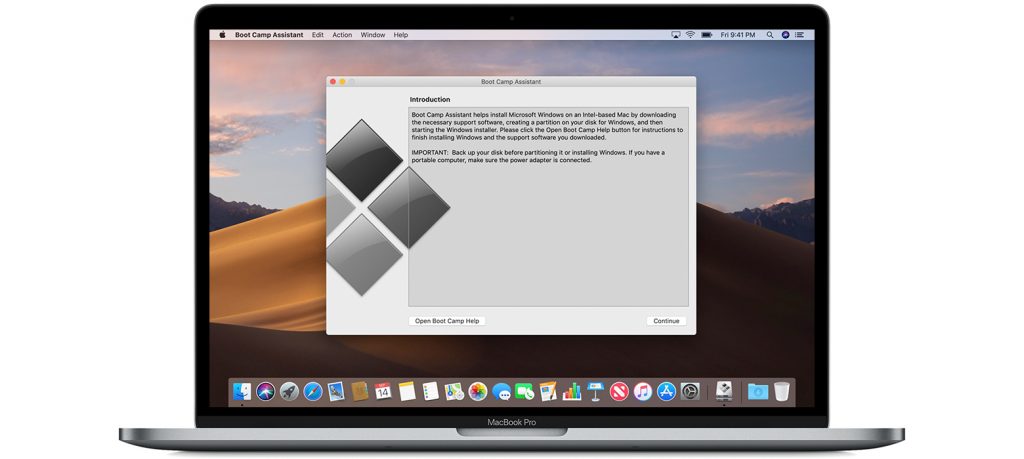
Now as your doing this and checking the progress you will notice that you are now exposing the top and bottom layer of copper on the circuit board. this is ok as long as you are applying constant even pressure as you are filing down the edges.
Once you have the desired width check the edge of the board for stay pieces of copper along the edges and clean them off either with the file or with emery paper.
Use dust off to completely remove any dust left behind. You may even wish to take the drive off of the circuit board to blow any dist out of there too.
Now its just a matter of reassembling the drive and putting it all back together.

